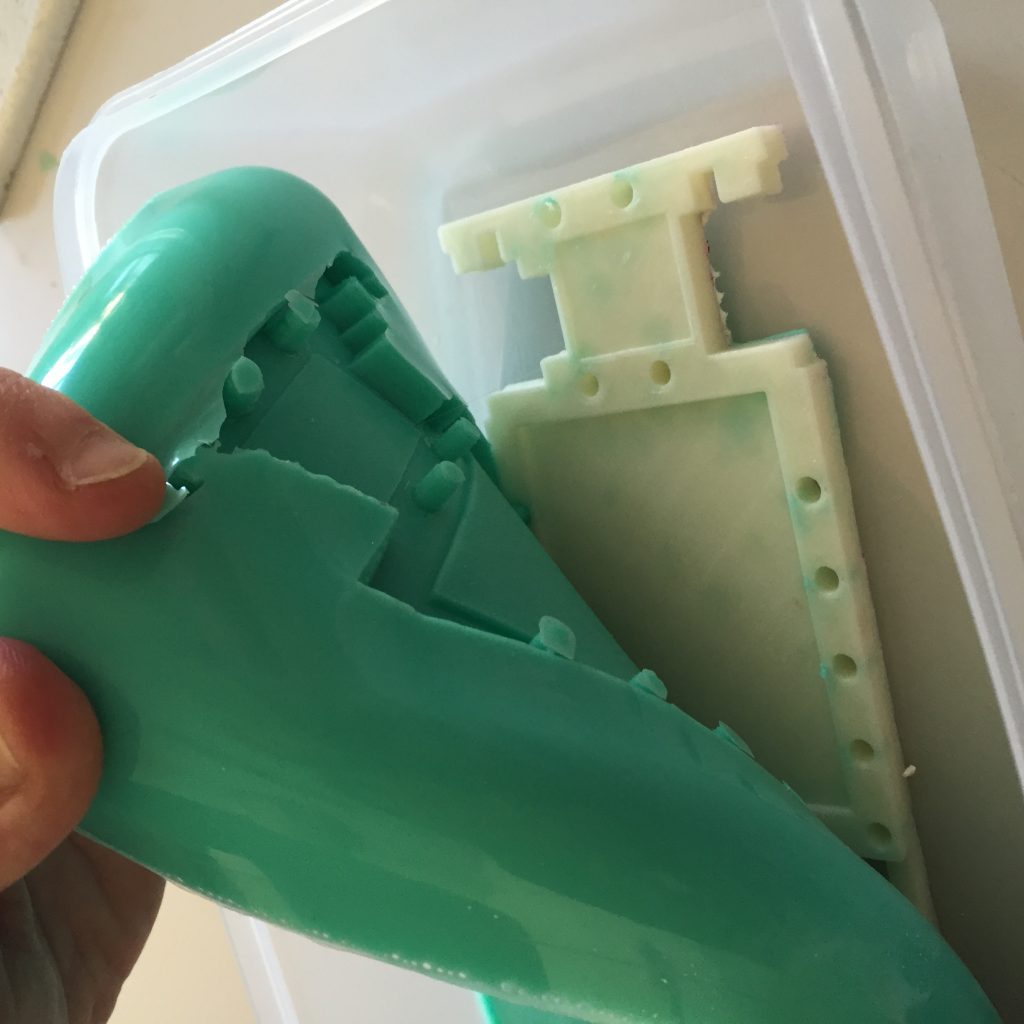

- ARDUINO ANALOGWRITE SERVO EXAMPLE HOW TO
- ARDUINO ANALOGWRITE SERVO EXAMPLE INSTALL
- ARDUINO ANALOGWRITE SERVO EXAMPLE SERIAL
- ARDUINO ANALOGWRITE SERVO EXAMPLE CODE
ARDUINO ANALOGWRITE SERVO EXAMPLE CODE
ESP8266 NodeMCU PWM CodeĬopy the code to your Arduino IDE and upload it to your ESP8266. If you’re using an ESP-01, you can check the board pinout here. We’re connecting the LED to GPIO 2, but you can use any other suitable GPIOs. You can use the preceding links or go directly to /tools to find all the parts for your projects at the best price!Īfter uploading the code, wire an LED to your ESP8266 as shown in the following schematic diagram.
ARDUINO ANALOGWRITE SERVO EXAMPLE SERIAL
If you’re using an ESP-01, you need an FTDI programmer or a Serial Adapter to upload code.
ARDUINO ANALOGWRITE SERVO EXAMPLE HOW TO
In this section, we’ll build a simple example that dims an LED so that you see how to use PWM in your projects. You can change PWM frequency with: analogWriteFreq(new_frequency) You can change the PWM range by calling: analogWriteRange(new_range) īy default, ESP8266 PWM frequency is 1kHz. Start learning computer vision and neural networks with iRobbie App With iRobbie, your Arduino robot can recognize and. Use the iPhone camera and play with object recognition, object tracking and more. iRobbie connects via Bluetooth to the Arduino board. A value of 255 corresponds to 100% duty cycle iRobbie is the revolutionary app that brings smartphone power to your Arduino project. When value is 0, PWM is disable on that pin. value: should be in range from 0 to PWMRANGE, which is 255 by default.To produce a PWM signal on a given pin you use the following function: analogWrite(pin, value) Changing the duty cycle is how you produce different levels of brightness. If you alternate an LED’s voltage between HIGH and LOW very fast, your eyes can’t keep up with the speed at which the LED switches on and off you’ll simply see some gradations in brightness.Ī duty cycle of 50 percent results in 50 percent LED brightness, a duty cycle of 0 means the LED is fully off, and a duty cycle of 100 means the LED is fully on. However, you can output “fake” mid-level voltages using pulse‑width modulation (PWM), which is how you’ll produce varying levels of LED brightness for this project. The ESP8266 GPIOs can be set either to output 0V or 3.3V, but they can’t output any voltages in between. ESP8266 NodeMCU PWM (Pulse-Width Modulation)
ARDUINO ANALOGWRITE SERVO EXAMPLE INSTALL
Follow the next tutorial to Install ESP8266 in Arduino IDE. ESP32/ESP8266 PWM with MicroPython – Dim LEDīefore proceeding with this tutorial you should have the ESP8266 add-on installed in your Arduino IDE.You might also like reading other guides about PWM: The PWM range may be changed by calling analogWriteRange(new_range). The value is an integer between 0 and 255.įor ESP8266 releases before 3.0, the default range is between. ServoMotor.To generate a PWM signal on the ESP8266 pins with Arduino IDE, use analogWrite(pin, value). ServoMotor.write(90) // Rotate Servo to 90 Degrees ServoMotor.write(0) // Rotate Servo to 0 Degreesĭelay(500) // Delay to allow Servo time to Move A voltage drop can occur due to the fact that a servo consumes more power when starting to move then when it is already moving.īelow is the code used to rotate the servo to different positions: As can be seen in the diagram above – a 100uF capacitor is connected between the 2 power terminals, the reason for this is that it prevents a voltage drop occurring in the circuit when the servo starts moving. The red wire must be connected to the 5V pin on the Arduino and the black wire to the GND pin on the Arduino. The signal wire of the servo must be connected to one of the analog pins on the Arduino, for the purpose of this example we will use A2.

– A orange, yellow or white cable for signal. Today we will have a look at how to connect a servo motor to an Arduino and how to control its movement. Peter Bogar on DIY VR Headset for $80 (DIY VR… KillerRobotics on DIY VR Headset for $80 (DIY VR…


 0 kommentar(er)
0 kommentar(er)
